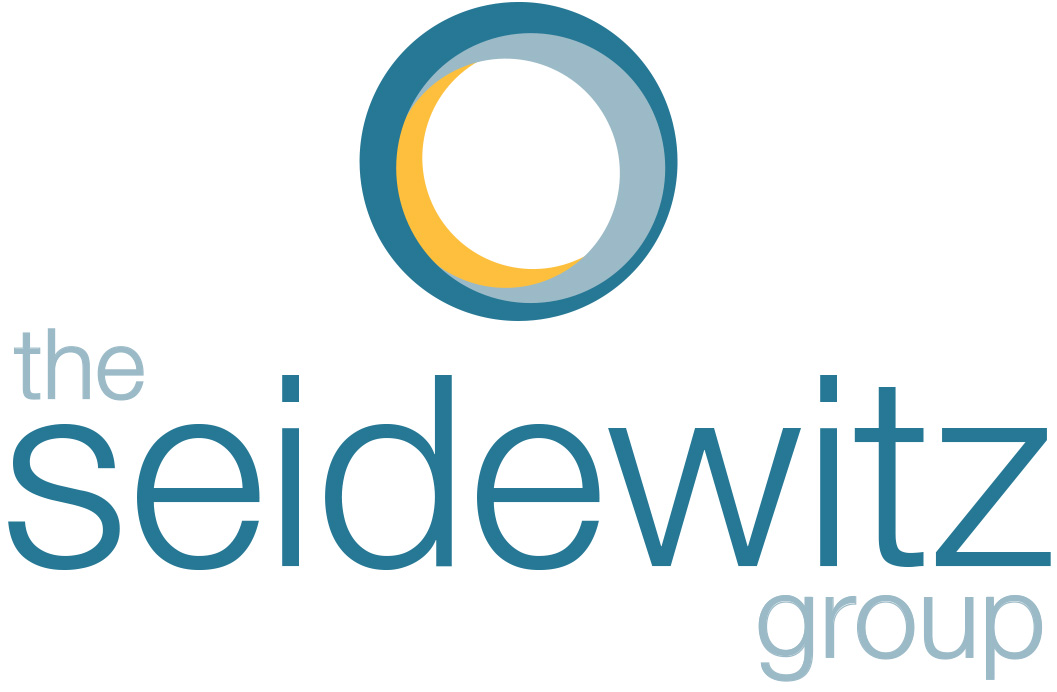The Last Thing You Should Think About When Positioning a New Drug (Hint: It's the Drug)
How putting the customer first drives prescribing demand and creates competitive advantage for pharmaceutical companies.
A global team at a leading ophthalmology pharmaceutical firm was gearing up to launch their drug as the new standard of care for a pernicious type of vision loss. Their clinical trial was going well, key opinion leaders were lined up to endorse the drug and preparations for launch were under way.
So when we told a roomful of their marketing and medical affairs staff they should position the drug as a complement (rather than replacement) for the current standard of care, their jaws dropped.
This was a classic example of what we see frequently at pharmaceutical companies — they focus on their product, not the customer, when developing positioning strategy. This is understandable—pharmaceutical companies invest an incredible amount of money in product development, technology acquisition and clinical research. And they believe in their products. But promoting the primary end point from a clinical study does not necessarily maximize prescribing demand for a new drug — which, after all, is the ultimate business goal.
In the example of the ophthalmology drug, the FDA mandated a clinical design that tested the drug as mono-therapy. So the organization had a strong internal belief that this was how the drug should be promoted. But we soon found out that their own customer data—sitting right in front of their eyes—proved this was not the case.
Our first step in working with this ophthalmology firm was to conduct a comprehensive review of all existing market research, internal strategy documents and, sometimes, opinions of key internal stakeholders (we call this a MetAnalysis™). As we conducted our review, one thing became clear: ophthalmologists were not going to replace the current standard of care with this new drug. In fact, prior research conducted by another research firm showed that positioning the drug as first-line treatment reduced prescribing demand by almost 50%!
This information was staring our client right in the face. But no one wanted to pay attention to it, because they were focused on their preconceived notions about the product. In our MetAnalysis nomenclature, we call this a Myth—a strongly embedded belief that is not only incorrect, but a barrier to success in the market.
Fortunately, our research review uncovered several of what we refer to as Silver Bullets – hidden opportunities that could be used to drive achieve business success. For this ophthalmology drug, the Silver Bullets included:
Long-term safety was an unmet need in the category, and the new drug promised a strong safety profile.
Doctors saw downsides to long-term use of the current standard of care, and secondary endpoints indicated our client’s drug could help ease patients off the standard of care.
Using these and other Silver Bullets as the foundation, we led a multi-functional team through a collaborative, customer-focused process. After immersing the team in current customer knowledge, we developed alternative positioning strategies for the new drug. Strategies were optimized iteratively with doctors and narrowed down to the most promising, and placed into quantitative testing. Working together, the team showed that promoting the new drug as a first line add-on, and long-term replacement, to the current standard of care delivered dramatically higher prescribing than trying to replace the current standard of care.
This is a great example of how putting the customer, not your product, at the center of positioning strategy development can overcome internal myths and maximize prescribing demand. But was this experience an outlier?
We don’t think so. Here are other examples in which we’ve used customer insights to change pharmaceutical and med device positioning strategies — with dramatic results:
A new medication in a neurology disease state promised to significantly extend the time between doses. Yet there was little interest from physicians and patients. The key insight the company missed was that patients learned how to deal with physical symptoms, but had ongoing anxiety about the emotional impact of the disease. Repositioning to show how the drug’s longer duration reduced patient anxiety and worry led to a significant increase in adoption of the new drug.
A dental device was positioned around the product benefit of superior esthetics. But sales had been declining for three years. We found the 800 Lb. gorilla in the room, which our client did not want to acknowledge, was that dentists perceived product efficacy to be far inferior to the main competitor. Repositioning the product around innovating to deliver clinical results—and redirecting product development efforts to deliver on this promise—turned around the business and led to six consecutive years of 14%+ growth.
A new drug helped smooth out hormonal fluctuations in a particular therapeutic category in the women’s health space. But this technical product benefit didn’t resonate well with physicians or patients. The key customer insight that turned this around was the idea of feeling your best: by reducing hormonal fluctuations, the drug helped women consistently feel their best—which was seen as important by physicians and especially patients. This customer-focused benefit increased interest considerably, resulting in a successful launch.
Putting the customer first—understanding their needs, beliefs, worries and fears, hopes and dreams—before you even think about what your product has to offer: this is what consumer product companies do naturally. In our experience, few if any pharmaceutical companies do this. Pharma companies who can learn to put the customer first will experience an increase in demand for their new drugs—and create an advantage vs. more product-focused competitors.

